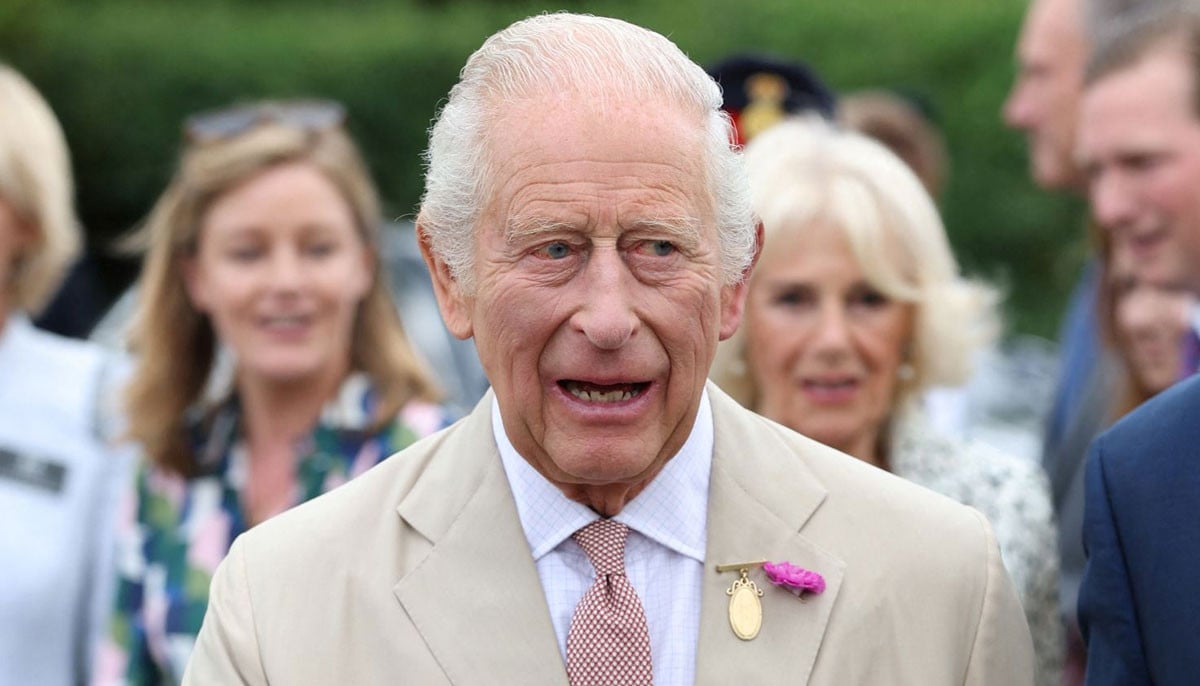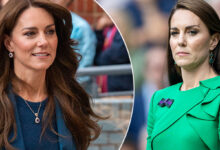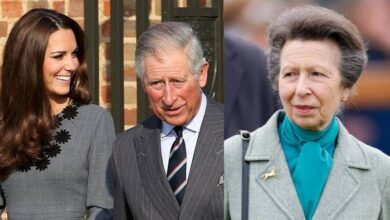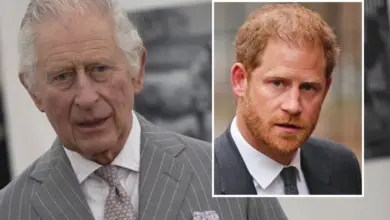ROYALS IN SHOCK! ROYAL FAMILY REVEALS EXPLOSIVE FEUD ERUPTING AT KING CHARLES’ ESTATE!

Just when King Charles III stood poised to be hailed as the green-fingered monarch of the modern age, a shocking controversy threatens to upend the pristine image he has so carefully cultivated.
On the surface, it was a moment of triumph. The Royal Horticultural Society, one of Britain’s most prestigious institutions, had just honored the King with a breathtaking botanical artwork—an elegant tribute to his lifelong dedication to gardening and environmental stewardship. The masterpiece, complete with his favorite plants and personal signature, was unveiled at the iconic Sandringham estate. For the monarch, a man long admired for his deep-rooted love of the natural world, it was a dream moment—public recognition of his environmental legacy.
But as the cameras flashed and tributes poured in, behind palace walls, a far darker narrative was unfolding.
In a revelation that has rocked royal circles, The Sunday Times published a damning investigation into alleged mistreatment of gardeners at Highgrove Gardens, one of the King’s most cherished private estates. The report claims that 11 out of 12 gardeners—almost the entire team—resigned en masse, citing untenable working conditions, poor pay, and relentless demands.
Even more troubling? Several ex-staffers describe King Charles himself as “harsh”—a characterization worlds apart from the serene, nurturing image of a monarch planting roses under a summer sun. One former employee chillingly declared: “We were treated like dirt.”
The King’s Foundation, the charity overseeing Highgrove, responded with a carefully worded statement. They insisted they strive to be an “exemplary employer,” boasting low turnover and minimal grievances. Yet critics were quick to point out that the foundation avoided directly addressing the mass resignations or the specific allegations of toxic working conditions.
So which portrait of the King is true? The gentle, soil-under-the-fingernails gardener hailed by the RHS—or the demanding figure whose vision left his staff overwhelmed and voiceless?
This story, at its heart, exposes the growing tension between royal image and real-world accountability. The King’s passion for nature is undeniable. But so too, it seems, is the pressure placed upon those who must execute his meticulous horticultural vision—often with limited support and little recourse.
What does this mean for the future of the monarchy’s public reputation? Will the dazzling botanical tribute at Sandringham be remembered as a fitting homage—or a tone-deaf distraction from a deeper problem festering beneath the surface?








